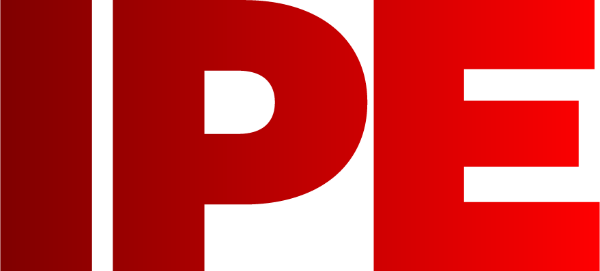

|
Edward Lowton
Editor |


|
| Home> | Health, Safety & Welfare | >Breathing safely | >Sampling pumps: Delivering peace of mind |
Sampling pumps: Delivering peace of mind
28 April 2017
Respiratory diseases devastate millions of lives. Personal monitoring is a positive tool, boosting productivity and motivation whilst helping employers adhere to global regulations. Tim Turney, technical product manager at Casella, comments
Dust in the workplace can be detrimental to workers’ health, often resulting in long latency illnesses. Such diseases continue to receive international attention; in the United Kingdom during 2015-2016, 13,000 deaths were reported as a result of chemical and dust exposure in the workplace.
Annually, there are an estimated 14,000 new cases of lung disease and breathing problems with 141,000 individuals reporting the working environment as the cause for their problems. Global regulations such as OHSAS 18001 and the impending ISO 45001 exist to ensure employers adhere to government standards, keeping their workforce as healthy as possible.
Personal monitoring solutions could be the missing component – providing employers with the information they need to achieve fundamental, across-the-board compliance and improved respiratory health. Effective employee engagement and recognition of responsibility in this process will enable instant, real time data to be collected that should result in improved practices immediately.
In the workplace
In a thriving industrial sector, it is difficult to avoid potential exposure to hazardous chemicals and dusts. Of these substances, only 500 have been limited by the Workplace Exposure Limits (WELs) – these are the legal limits outlining how many substances can be present in hazardous air. Continuing to monitor dangerous substances is vital and employers have a duty to control the level of emissions in the atmosphere, enforced through the 1974 Health and Safety at Work Act. On a global level, however, the upcoming ISO 45001 regulations stipulate all workplaces must follow one health and safety strategy - Casella experts believe this can be achieved with personal monitoring, resulting in a healthier workforce.
An example of this is the personal monitoring that is part of employee health and welfare at the airport construction site at Heathrow. In this environment, individuals could be at risk of exposure to a variety of harmful particles, as occupational hygienist, Eric Ball of Park Health and Safety Partnership, explains: "Noise is obviously a key risk at any airport, but at Heathrow, dust is also a big issue. Concrete, being used in the construction, could potentially have silica in it, but you also get other dusts and wood dusts, as well as general dusts kicked out from the aircraft as they take off and land.”
Casella’s personal monitoring pumps enable workers to measure their individual exposure to these substances, so that the workforce can become virtual occupational hygienists, collecting their own real-time data that can be read by occupational hygienists and health and safety managers alike. Monitoring in the workplace is becoming the responsibility both of employers and employees. This, in turn, helps other companies recognise the benefits of a worthwhile health and safety programme with practical methods.
Personal sampling pumps
Personal sampling pumps are efficient, practical and adaptable and offer tailored features depending on individual requirements. For the pumps to effectively collect data and save the business time and money, many factors, and user feedback, should be considered in the initial manufacturing process. An example of useful feedback highlighted how miners in Asia needed pumps to be worn across the chest, allowing for a more convenient design that didn’t interfere with their working requirements. Other environments need the device to be worn on an individual’s back or fixed to a lab coat pocket.
Whatever the environment, the easier the monitoring pump can be integrated, the easier it will be to collate accurate information. Size, weight, Bluetooth connectivity and the ability to access the data remotely are key product features. The type of filter used is a key consideration. It must be suitable for the environment and continue to function regardless of temperature, atmospheric pressure and humidity. Alongside the real-time data provided, email updates and images are available, adding context to the information, making the reporting process clear and time effective.
Monitoring encourages individuals to operate safely on their own, and also to work with their employer to understand workplace risks and how to mitigate them in order to manage a healthy occupational environment and a healthy life.
- Noise dosimeters redeveloped
- Protection from chemical exposure
- Checking on demolition noise
- Casella launches first online interactive tour for sound level meters and noise dosimeters
- A measure of vibration
- Air sampling pump calibrator
- New air sampling offer from industry expert Casella
- Roadside air monitoring
- Level meters
- Sound meters

















